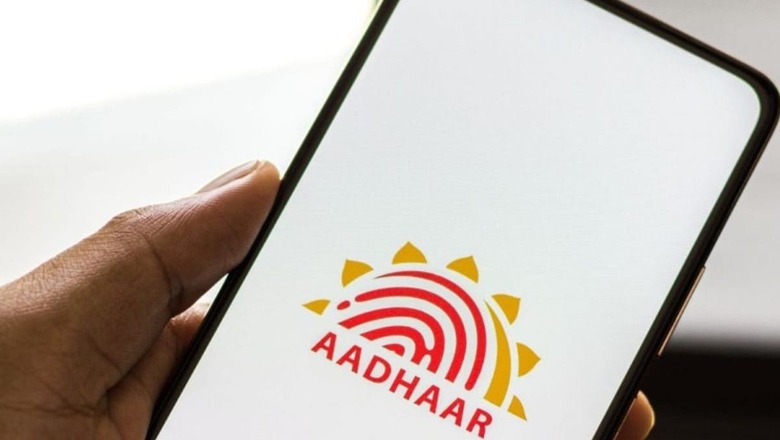
views
The Aadhaar (Enrolment and Update) rules have been revised by the Unique Identification Authority of India (UIDAI), introducing updated procedures for enrolment and updating. These modifications, known as the Aadhaar (Enrolment and Update) Amendment Regulations, 2024, aim to enhance the accessibility of the enrolment process for both residents and non-residents.
Also Read: Aadhaar Cannot Be Used For THIS Purpose, EPFO Removes It From Document List
As of its January 16 notification, UIDAI has introduced two additional forms for both enrolling in Aadhaar and updating information. Distinct forms have been provided for residents and non-resident individuals (NRIs) specifically for Aadhaar enrolment and updation procedures.
The modifications implemented by UIDAI are as follows:
UIDAI has unveiled fresh forms for both the enrolment and updating of Aadhaar information.
These forms have been customised to cater to both residents and non-residents (NRIs), incorporating distinct categories based on age and address.
The new approach aims to eliminate confusion and simplify the application process.
Two ways to update
In contrast to the prior regulations, the recent rules provide two convenient methods for updating information in the Central Identities Data Repository (CIDR).
Individuals now have the option to either visit an enrolment centre or use the official website/mobile application for smooth updates. This represents a departure from the 2016 rules, which solely permitted online address updates.
More clarity with new forms
The current forms for Aadhaar enrolment and information updates have been substituted with new, simplified versions.
Form 1
The revised Form 1, tailored for individuals aged 18 and above, whether residents or non-residents with proof of address in India, has been enhanced to streamline the process and enhance clarity in the provided information.
NRI forms
- Non-resident individuals, particularly those with addresses outside India, now have dedicated forms (Form 2 for both enrolment and updating) introduced for their convenience.
- NRIs must furnish a valid Indian passport as proof of identity, and the inclusion of an email ID is now mandatory.
- Forms 3, 4, 5, 6, and 8 have been introduced to address the enrolment and updates for children belonging to different age groups, encompassing both residents and NRIs.
The revised regulations also cover the enrolment of resident foreign nationals, both those above and below 18 years of age, through the introduction of Forms 7 and 8, respectively.
Foreign nationals are required to furnish details such as a foreign passport, OCI Card, valid long-term visa, and an email ID.
Date of birth proof
A significant alteration in the revised regulations is the necessity for documentary proof when the age of an individual is declared or approximate.
According to UIDAI, this ensures the inclusion of the complete date of birth on the Aadhaar card, thereby improving accuracy and authenticity.
Periodic updates
UIDAI has introduced Form 9, highlighting the requirement for Aadhaar number holders to update documents or information every decade from the date of the Aadhaar generation.
This is intended to secure the ongoing accuracy of information within the Central Identities Data Repository.
UIDAI has actively urged individuals to update their Aadhaar details, particularly if they haven’t done so in the past 10 years.
















Comments
0 comment